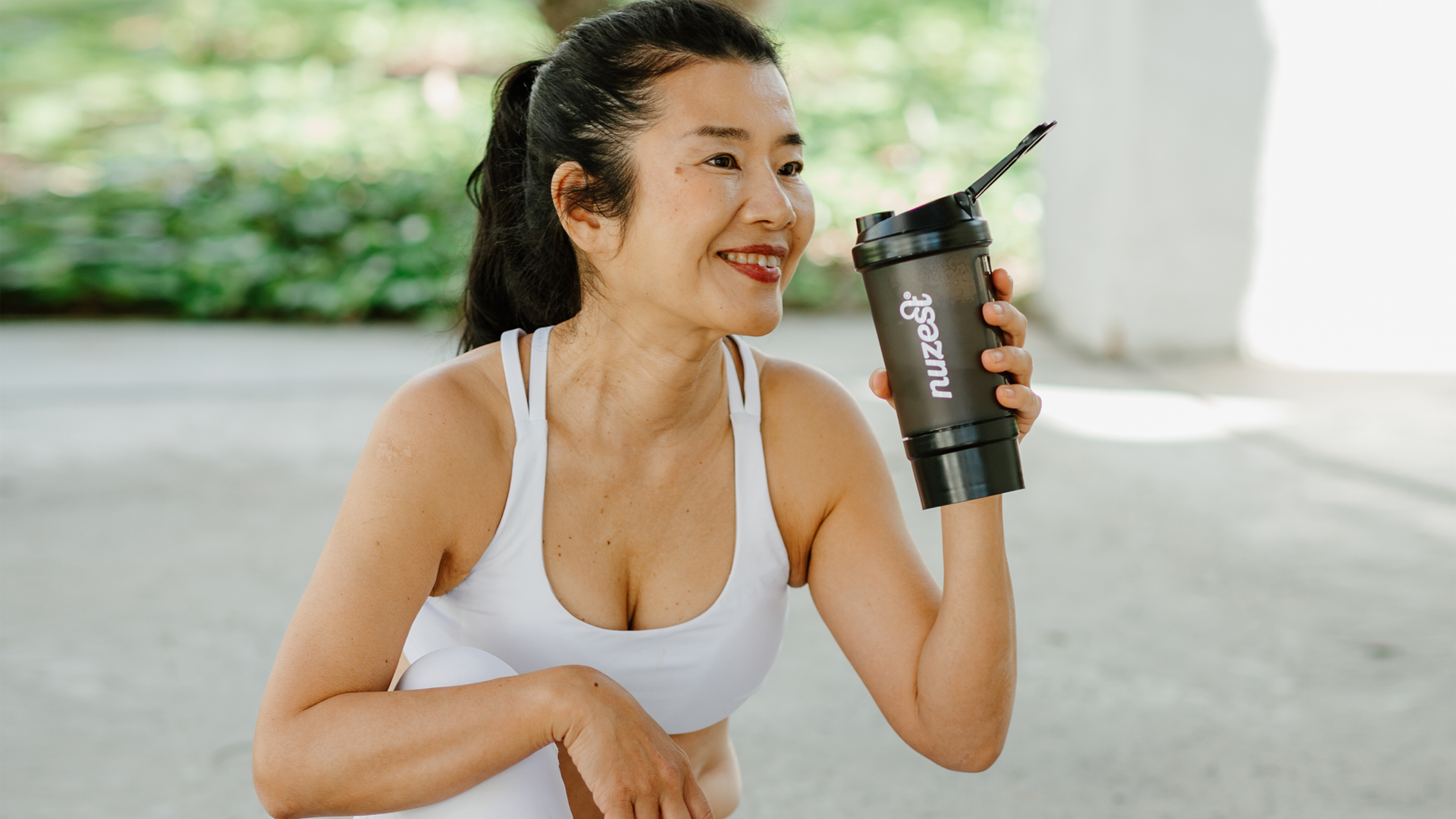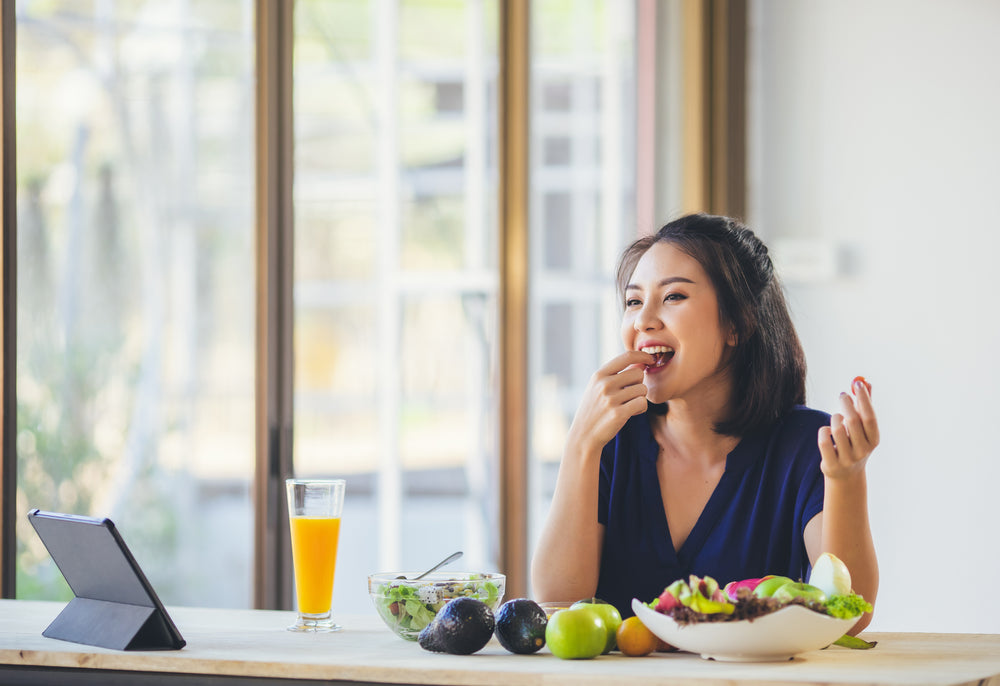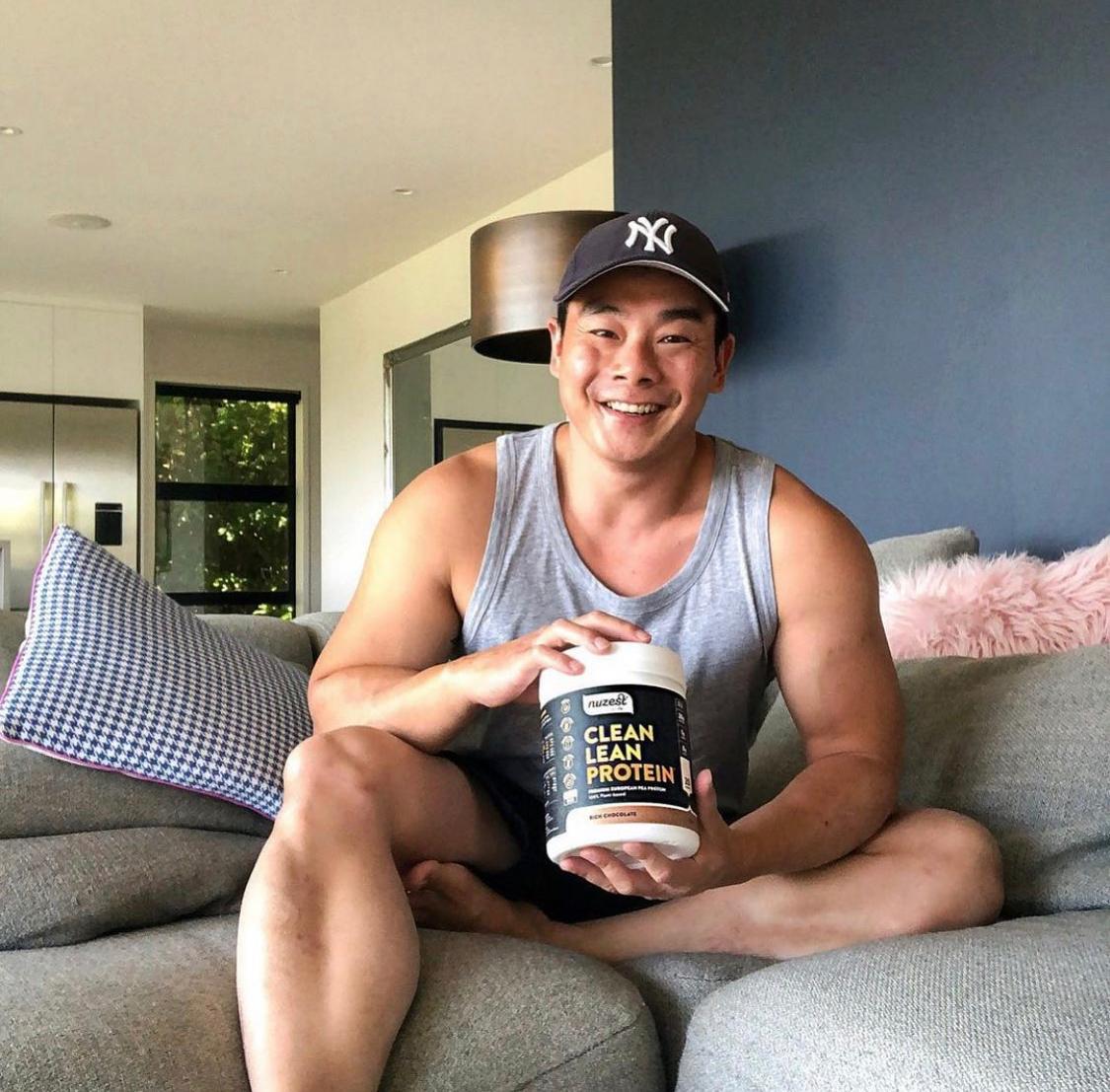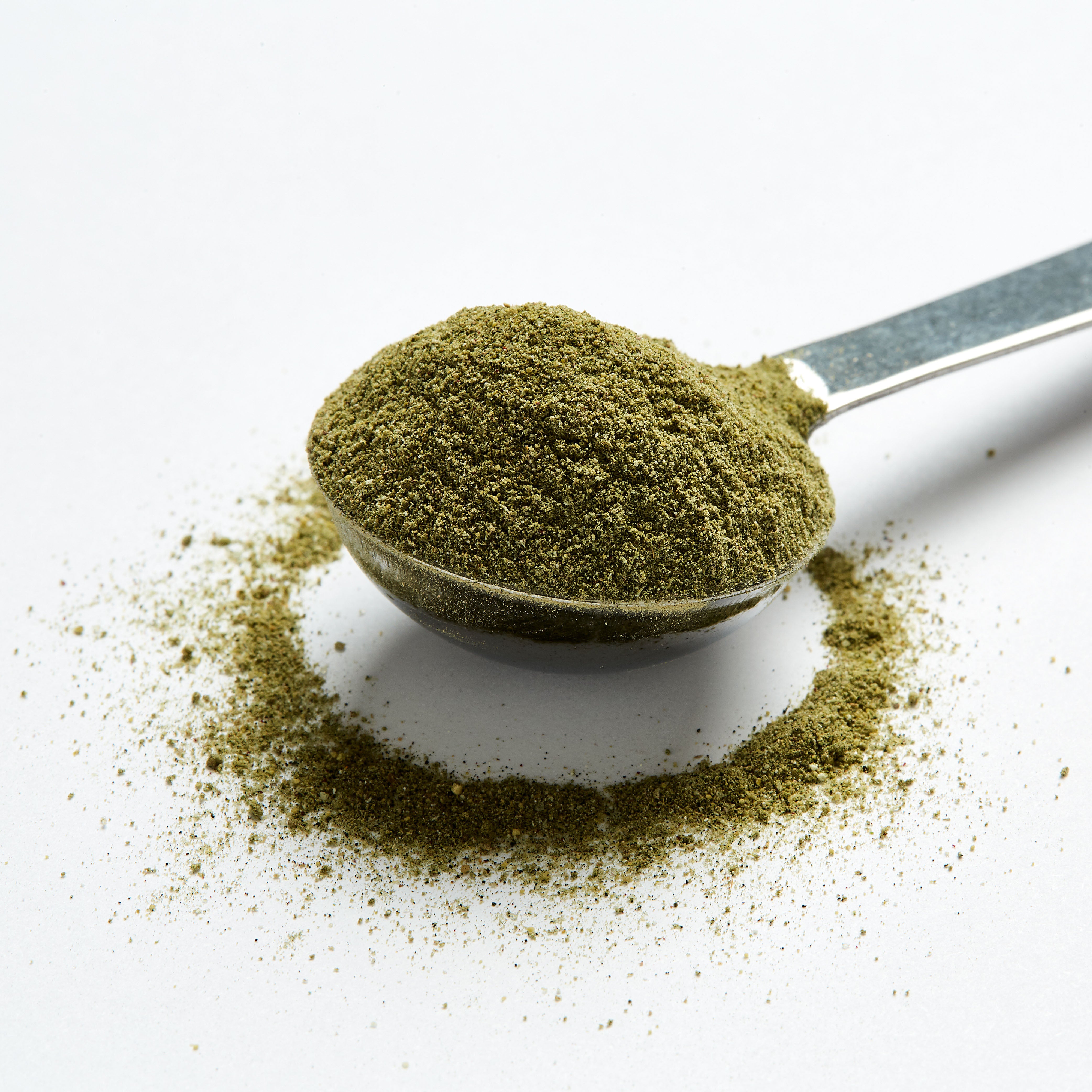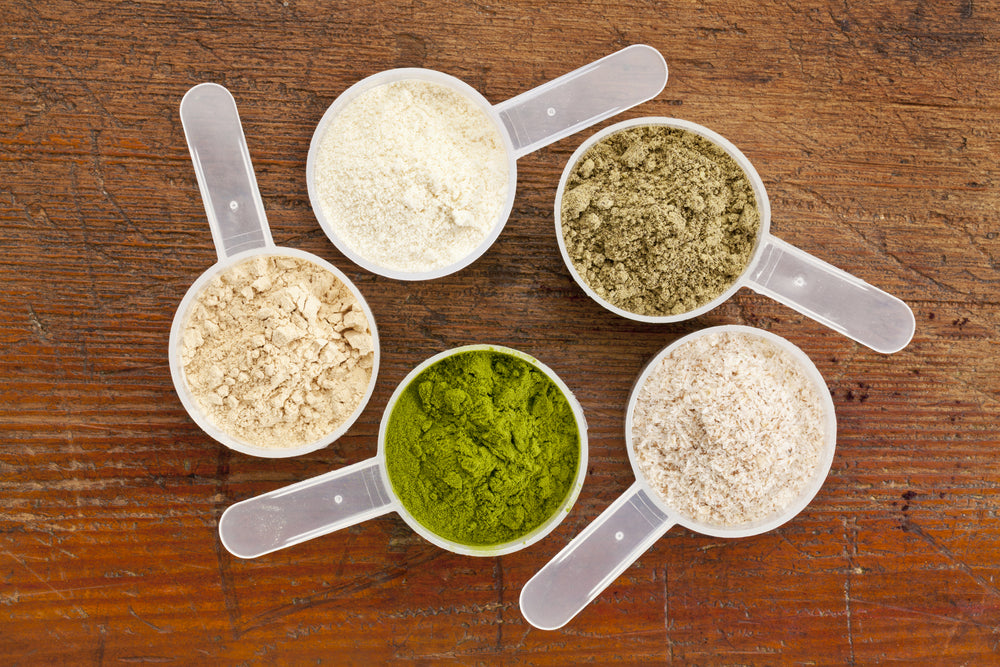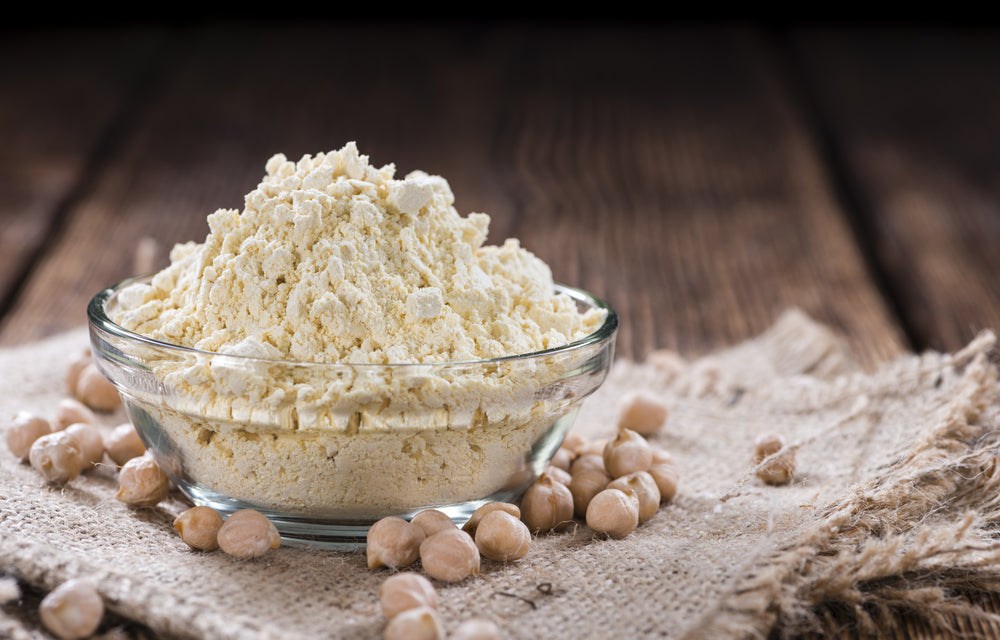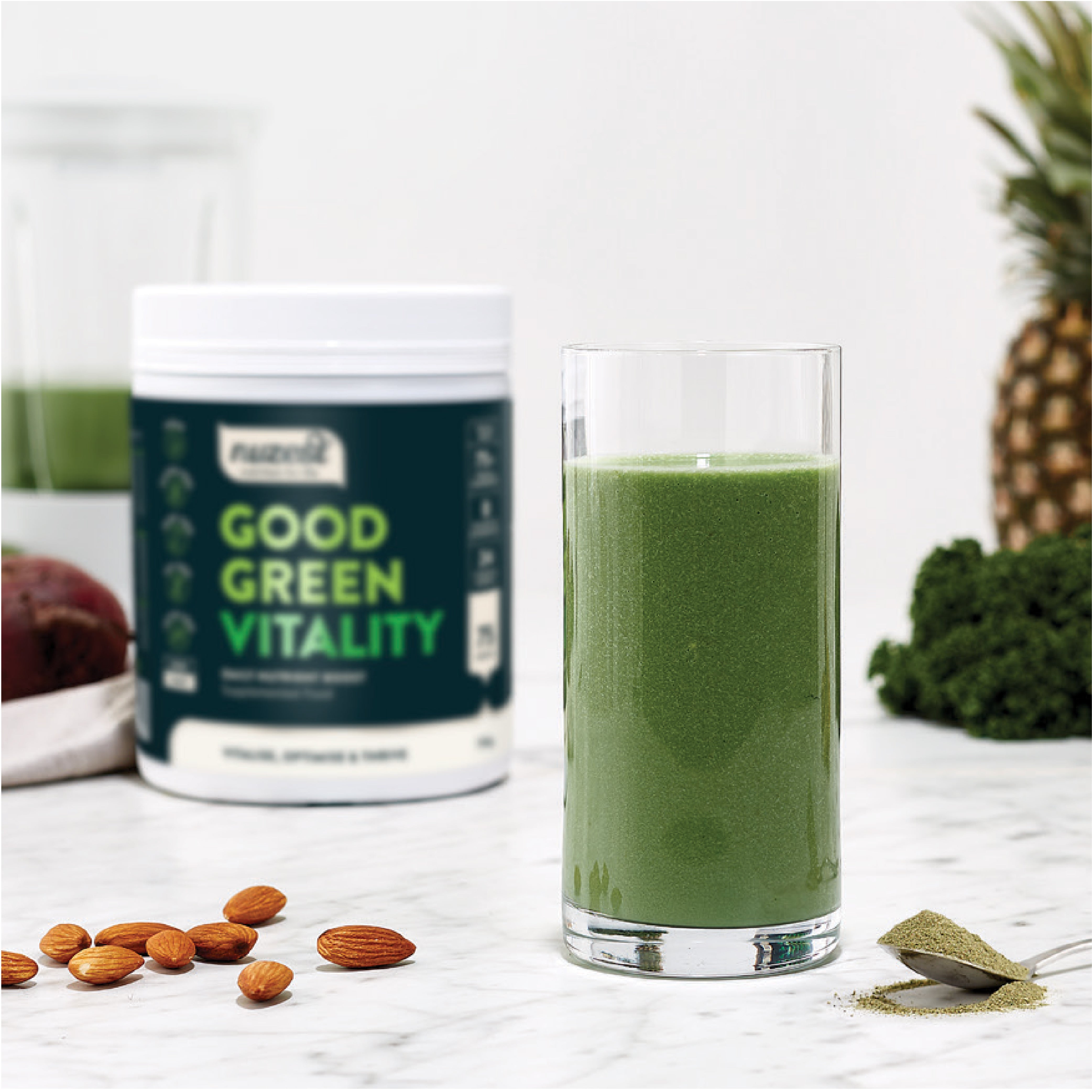The words ‘healthy’ and ‘hawker food’ can rarely be found in the same sentence. After all, the impression of healthy food is that it is costly—a salad bowl starts from S$9.90, while a grain bowl starts from S$12.90. The amount adds up if you’re eating this way every day.
However, Singaporeans want things to be cheap and good!
So while health food options such as quinoa, flaxseeds, chia seeds, and rocket salad are not commonly available at your local coffee shop, there are ways to eat healthier without drastically eliminating dishes from your meal.
Here are 10 ways that you can eat healthier at the hawker, without busting your wallet.
Opt for brown rice. Brown rice is a whole grain, and white rice is a refined grain that has the bran and germ removed. Bran contains fibre (three times more than white rice[1], which aids digestion, while rice germ is loaded with micronutrients. Most stalls offer this option for an additional charge of S$0.30-S$0.50. This is a small price for more fibre.
Pile on carrots, sweet potatoes, pumpkin, and corn. If you don’t wish to spend a little more to opt for brown rice, then switch white rice for these complex carbohydrates instead. Besides being healthier options—more vitamins & minerals—these vegetables also take longer to be digested. So you feel full for a longer time.
Choose beans and lentils. Kidney beans, black beans, lentils, and chickpeas are high in protein, fibre, and complex carbs. They are the choice of vegans for a well-rounded meal, and they can be yours too when eating at hawker stores that offer such dishes. Many Indian food stalls will have at least one dahl and one chickpea dish.
Sauce on the side. Whether it is yong tau foo, duck or chicken rice, or satay, say no to the sauce. Sauces hide calories in the form of sugar, starch, and salt. The latter causes water retention and bloating if you don’t hydrate sufficiently. If you do need some sauce for flavour, place it in a sauce dish and keep to a minimal amount—it’s better to savour the flavour of your food than to mask if with too much chili, tomato, or sweet sauce.
Opt for soup. As more hawkers are easing up on MSG in their soup, it is a good option when ordering noodles. The noodles are delicately flavoured by the soup, so that sauces are unnecessary. The soup also provides additional hydration while filling you up at the same time.
Anything but fried. We all know the comfort of eating fried chicken wings, fried dumplings, fried rice or fried dough sticks (you tiao). However, research has linked fried food to “chronic illnesses, such as type 2 diabetes, heart failure, obesity, and high blood pressure”[2]. So opt for food that is steamed, boiled, or grilled where possible.
Skip the fat. Kaya butter toast is a perennial favourite breakfast for most locals. But the thick wad of butter in one slice of toast exceeds the daily fat requirement for most adults. If possible, ask for less butter or leave it out. Similarly when ordering your food, ask them to hold the oil when cooking, and choose leaner meat.
Fresh over processed. We don’t think much of it, but fish cakes, sotong balls, and crab sticks are highly processed and lack nutritional value. They are usually made with lower quality fish or seafood, combined with ingredients such as starch, flour, artificial flavourings and colouring. Take for example crab sticks, commonly known as ‘imitation crab’—there’s no real crab in it, as it is made from surimi fish paste and flavourings[3]. Thus, choose fresh fish and seafood instead for their higher nutritional value.
Pick the whole fruit. Fruit juices are deceptively healthy—as compared to concentrates or juices from cartons, fresh juices don’t have added sugar. However, the absence of fruit fibre could mean the risk of a blood sugar spike. This can lead to weight gain over time, if you’re not exercising regularly to use up the extra sugar[4]. Go for the whole fruit instead—the fibre of the fruit makes you feel fuller, and slows down the breakdown of sugar[5]. You’re also getting a whole load of micronutrients such as essential vitamins and minerals from the whole fruit, which is missing from the juice only. Besides, the cost of buying fresh fruit such as apples and pears cost less than a cup of fruit juice.
Watch what you drink. Research has shown that there’s a large amount of added sugar or sweetener in drinks that are in a can, carton packet, or bottle. This means loads of calories and little nutrients. Besides weight gain, just one of these drinks daily can increase “the risk of type 2 diabetes, heart disease, and other chronic diseases…(and) an increased risk of premature death.”[6] Opt for healthier options such as water (no calories but plenty of essential hydration) or cold green tea without sugar. When ordering our local coffee and tea, ask for kosong (no sugar) or siew dai (less sugar).
Article by Patricea Chow



















